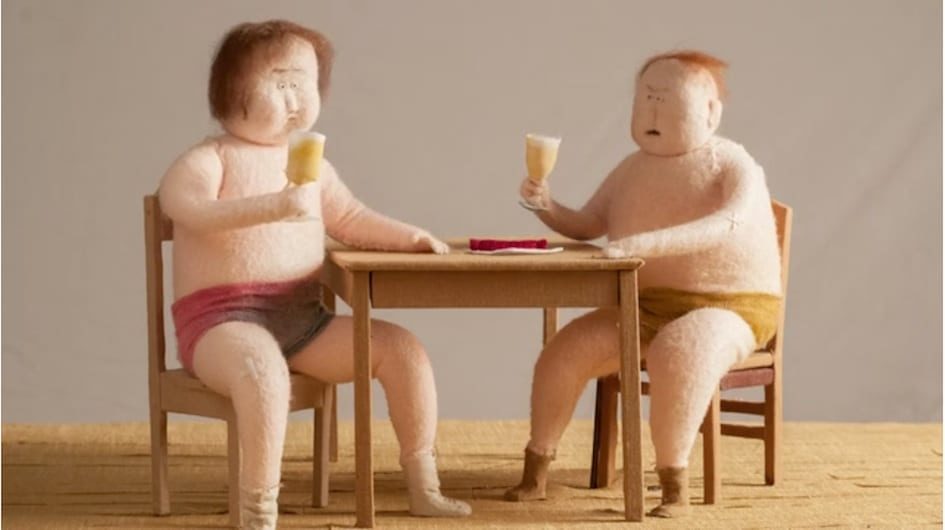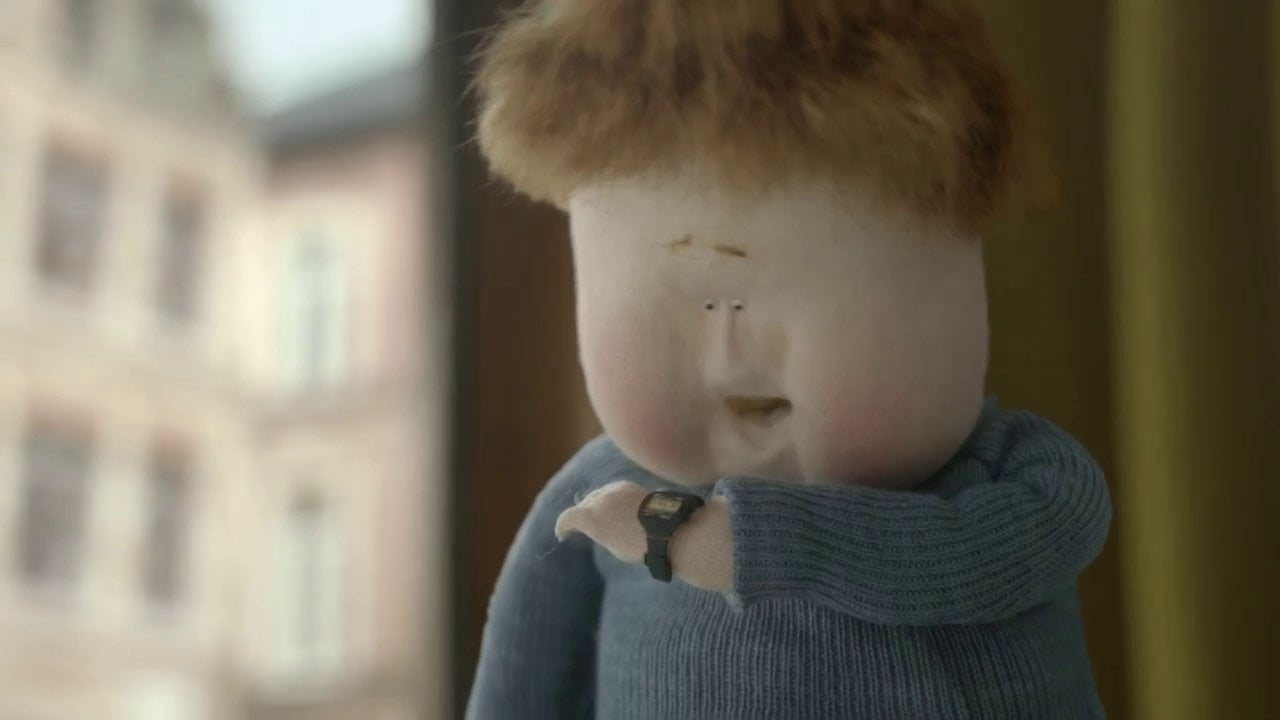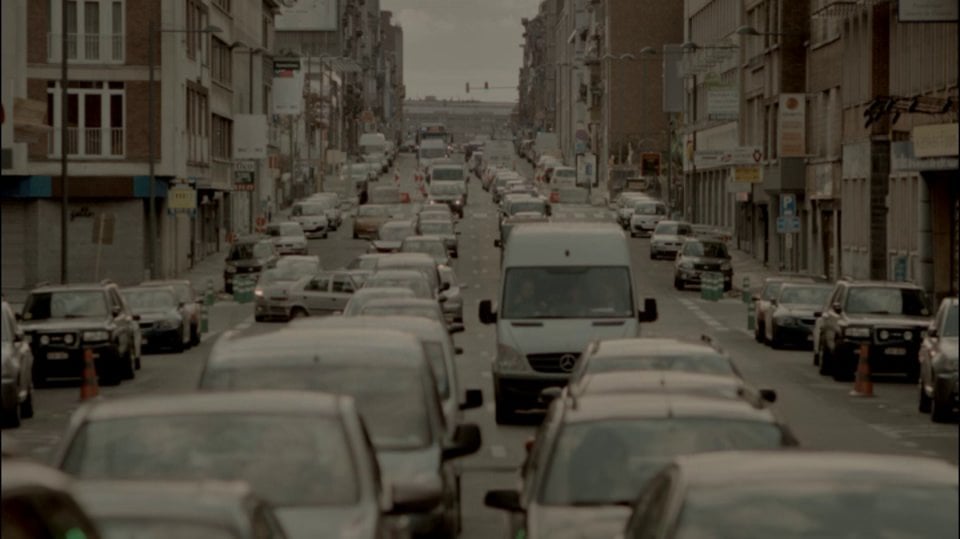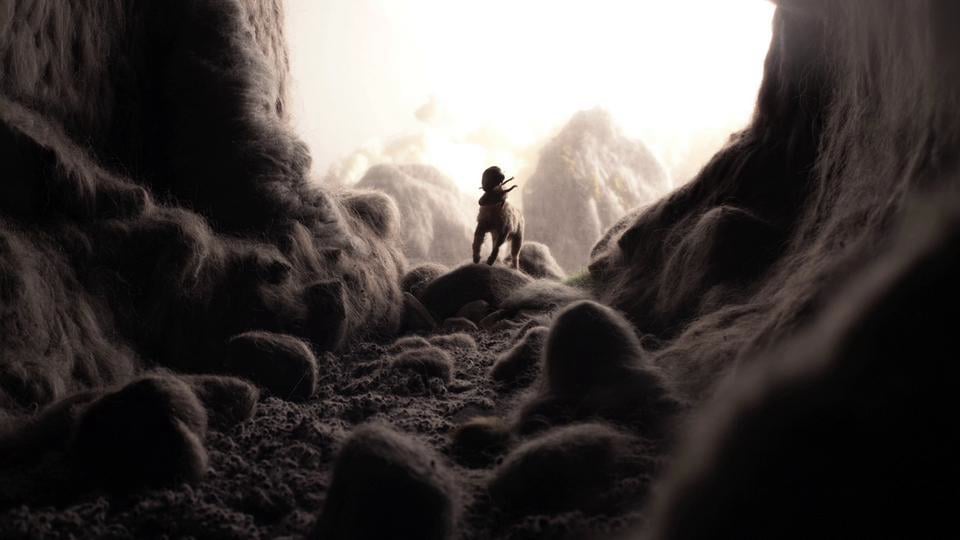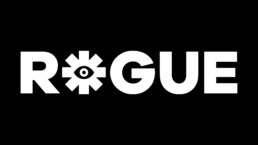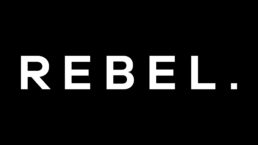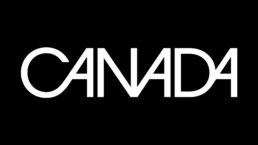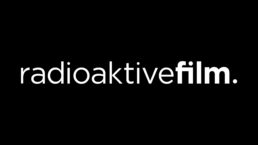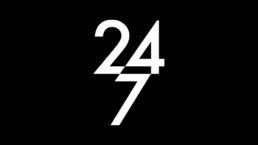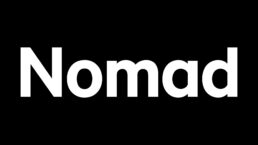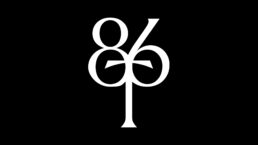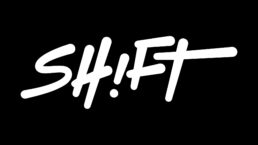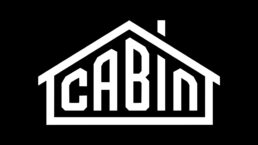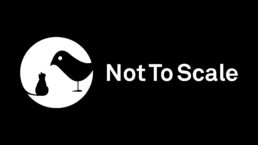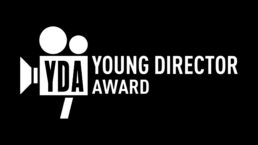Your animations have a wonderful insight into the humorous frailties and frustrations of life. How do you go about writing your scripts? For instance do you keep notebooks of real life observations, and do you work in words and then pictures or do you sketch all the time?
Neither of us had much experience in the animation world before starting out. Emma was studying documentary film and I was making live-action short films so our approach with regards to animation is still very much rooted in how we would work in those respective fields. We mostly do a lot of research while developing the script, gathering together photo material and texts. We actually don’t do much sketching at all while developing the idea for a film. Emma has also been making puppets since she was a child so we would usually just start making a puppet without regard for the script and slowly a personality and character would start to emerge which would inform the development of the story.
Your characters are imbued with a strong emotional language in their movements. What’s the process for getting the right body language when shooting stop frame?
Again, a lot of it comes from research. We only knew that we wanted to keep the movements to a minimum and shoot the film almost as a live-action drama. A lot of the poses were ‘stolen’ from various paintings, photos and films and recombined into something altogether different. To the extent that we had running jokes in the various poses that no one else could possibly pick up on, merely to amuse ourselves. A scene in the beginning of the film of Willy staring at a CCTV camera came from ‘Eyes Wide Shut’ because we thought it hilarious (at the time) that Willy would be like Tom Cruise in that movie.
Do you storyboard your films meticulously or do they evolve as you work?
We do storyboard but only as a necessary evil when trying to communicate with the rest of the crew. We’re not very good at drawing so we find that aspect quite tedious.
Can you tell us please about the crafting of the characters – what first drew you to working with these materials?
Emma has been working with textiles her whole life making dolls and puppets. She also grew up on a farm surrounded by sheep so the choice to work with natural materials and textures was not only a creative choice but a practical one too, we just had access to a lot of the materials and a good knowledge of how to work with the material and how it would look in a film. It was never an entirely conscious decision.
We also wanted a very natural, realistic feel without sliding down into uncanny valley with hyperrealistic looking latex puppets. And because felt is so much less flexible a material than plasticine or latex it also helped us develop the minimal style of animation that in turn dictated how the narrative would evolve.
Does it take a crazy amount of time shooting the stop-frame? Is there a certain point when you stop for the day or should I say night?
The shoot itself was four months straight. Longer than most feature length live-action films. Towards the end we were sleeping in the studios next to the set so we wouldn’t waste any time commuting. The organic nature of the materials also meant that we couldn’t just stop for the day and pick up again the next morning in the middle of a shot. Wool breathes and fluctuates with temperature changes so each shot had to be designed to be animated in one day or less.
When, how and why did you start working together and how do your divide up the creative process or are you both working simultaneously on each stage?
We’re a couple so we spend almost everyday together working on our films, however our roles are very well defined. Emma is extremely pragmatic and industrious and usually does most of the heavy lifting when it comes to planning out and constructing puppets and props. She’s always at her desk making something. My experience in live-action means I’m more involved in the actual directing in a traditional sense, deciding on the framing, lighting and blocking of the actions. We both write and develop the story together and we have an equal say in everything.
What is your favourite part of the process? And what are the worst, most challenging aspects of creating your films?
The most challenging and most rewarding aspect is the writing. The film has the potential to be anything at that point and we can get very excited when we come up with a brand new idea for a scene that feels right. The worst part is definitely the shoot which can be very grueling and relentless. We were sometimes waking up in the middle of the night from nightmares in which everything seemed to be going horribly wrong on set and not quite knowing whether it was all a dream or not. Scary stuff!
